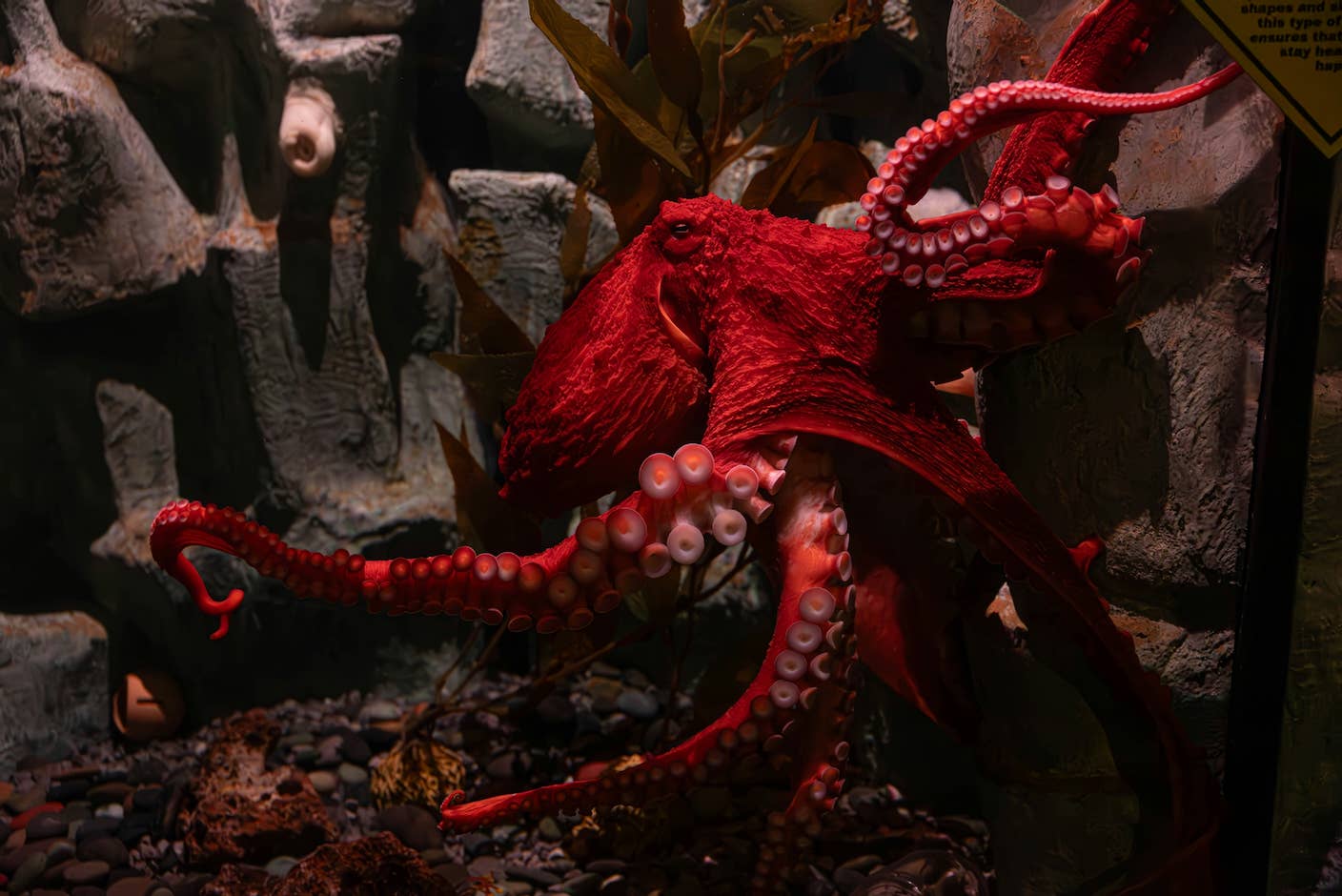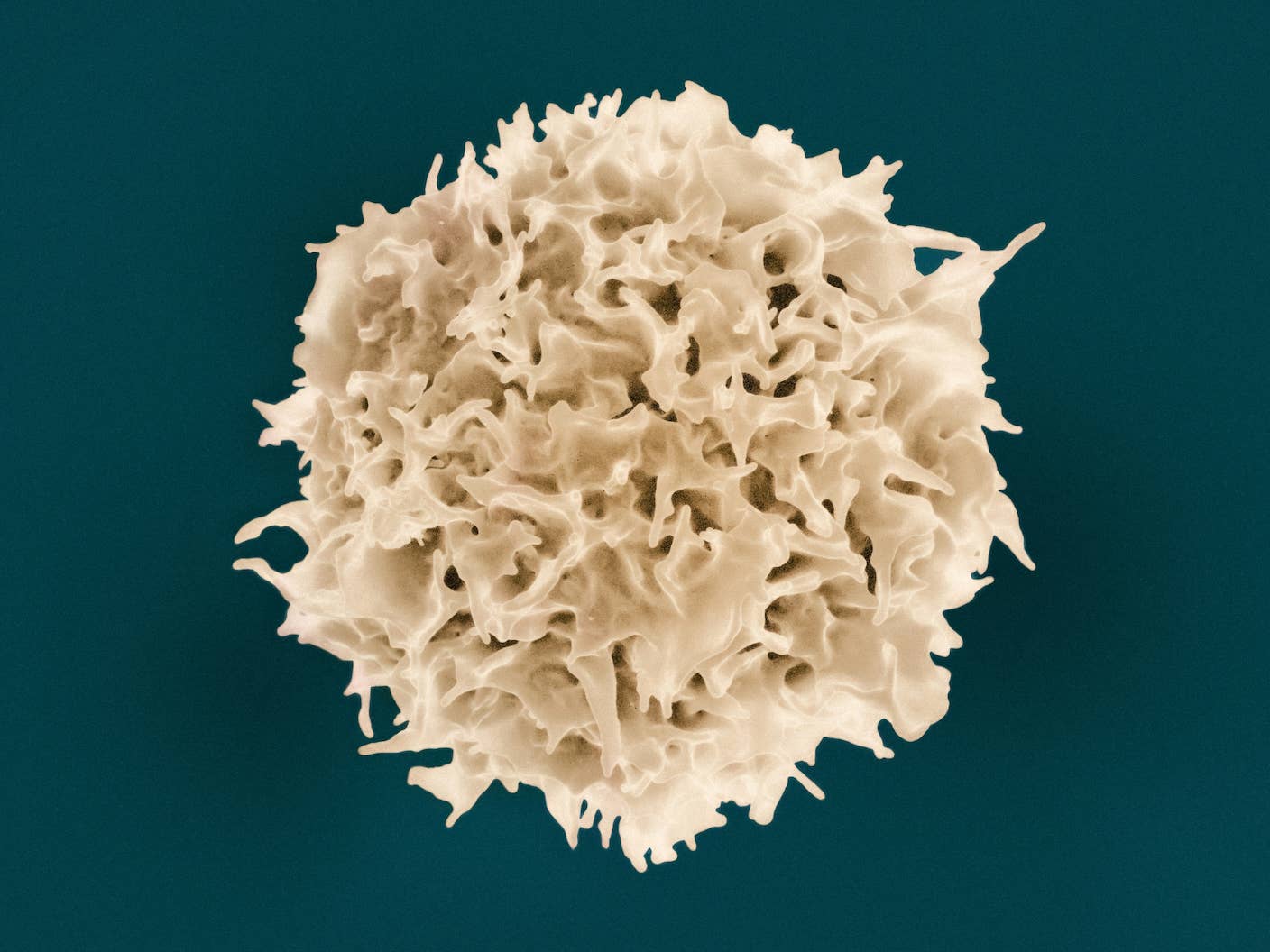Gene Drives Shown to Work in Wild Plants. They Could Wipe Out Weeds.

Share
Henry Grabar has had enough battling knotweed. All he wanted was to build a small garden in Brooklyn—a bit of peace amid the cacophony of city life. But a plant with beet-red leaves soon took over his nascent garden. The fastest growing plant he’d ever seen, it could sprout up to 10 feet high and grow thick as a cornfield. Even with herbicide, it was nearly impossible to kill.
Invasive plant species and weeds don’t just ruin backyard gardens. Weeds decrease crop yields at an average annual cost of $33 billion, and control measures can rack up $6 billion more. Herbicides are a defense, but they have their own baggage. Weeds rapidly build resistance against the chemicals, and the resulting produce can be a hard sell for many consumers.
Weeds often seem to have the upper hand. Can we take it away?
Two recent studies say yes. Using a technology called a synthetic gene drive, the teams spliced genetic snippets into a mustard plant popular in lab studies. Previously validated in fruit flies, mosquitoes, and mice, gene drives break the rules of inheritance, allowing “selfish” genes to rapidly spread across entire species.
But making gene drives work in plants has been a headache, in part due to the way they repair their DNA. The new studies found a clever workaround, leading to roughly 99 percent propagation of a synthetic genetic payload to subsequent generations, in contrast to nature’s 50 percent. Computer models suggest the gene drives could spread throughout an entire population of the plant in roughly 10 to 30 generations.
Overriding natural evolution, gene drives could add genes that make weeds more vulnerable to herbicides or reduce their pollination and numbers. Beneficial genes can also spread across crops—essentially fast-tracking the practice of cross-breeding for desirable traits.
“Imagine a future where yield-robbing agricultural weeds or biodiversity threatening invasive plants could be kept on a genetic leash,” wrote Paul Neve at the University of Copenhagen and Luke Barrett at CSIRO Agriculture and Food in Australia, who were not involved in the study.
50/50
Inheritance is a coin toss for most species. Half of an offspring’s genetic material comes from each parent.
Gene drives torpedo this inheritance rule. Developed roughly a decade ago, the technology relies on CRISPR—the gene editing tool—to spread a new gene throughout a population, beating the 50/50 odds. In insects and mammals, a gene can propagate at roughly 80 percent, shuttling an inherited trait down generations and irreversibly changing an entire species.
While this may seem somewhat nefarious, gene drives are designed for good. A main use under investigation is to control disease-carrying mosquitoes by genetically modifying males to be sterile. Upon release, they outcompete their natural counterparts, reducing wild mosquito numbers, and in turn, lowering the risk of multiple diseases. In indoor cages, gene drives have fully suppressed a population of the insects within a year. Small-scale field tests are underway.
Gene drives have caught the eyes of plant scientists too, but initial efforts in plants failed.
The technology relies on CRISPR, which cuts DNA to insert, delete, or swap out genetic letters. Sensing damage to their DNA, cells activate internal molecular “repairmen” to stitch genes back together and adopt gene drives and their genetic cargo.
Plants are different. Their cells also have a DNA repair mechanism, but it’s only partially similar to that of insects or mice. Sticking a classic gene drive into plants can cause genetic mutations at the target site and even trigger resistance against the gene drive in a kind of a cellular civil war.
Be Part of the Future
Sign up to receive top stories about groundbreaking technologies and visionary thinkers from SingularityHub.


What Doesn’t Kill You Makes You Stronger
As a workaround, both new studies used a system dubbed “toxin-antidote.” Compared to previous gene drives, it doesn’t rely on canonical DNA repair.
The teams used a self-pollinating mustard plant for their studies. A darling in plant science research, its genome is well-known, and because the plant self-pollinates, it’s easier to contain the experiment. To build the gene drive, they developed a CRISPR-based method to destroy a gene that’s critical for survival called the “torpedo.” Any pollen without the gene can’t live on. A second construct, the “antidote,” carried a mimic of the same gene, but with modifications so that it’s resistant to destruction by CRISPR.
They examined two different genetic payloads. One study tinkered with a gene that’s essential to both male and female reproductive cells in plants. The other targeted a gene that disrupts pollen production.
Here’s the clever part: As the plant pollinates, offspring can inherit either the toxin, the antidote, or both. Only those with the antidote survive—plants that inherit the toxin rapidly die out. As a result, the system worked as a gene drive, with plants carrying the CRISPR-resistant gene taking over the population. The gene drives were highly efficient, passing down through generations roughly 99 percent of the time. And scientists didn’t see any signs of evolutionary adaptation—known as resistance—against the new genetic makeup.
Computer modeling showed the gene drive could overtake a single plant species in 10 to 30 generations. That’s impressive, according Neve and Barrett. Artificial genetic changes don’t often stick in wild plants—the plants tend to die off. The new gene drives suggest they could potentially last longer in the field, battling invasive species or cultivating hardier and pest-resistant crops that pass down beneficial traits over generations.
Despite their promise, gene drives remain controversial because of their potential to alter entire species. Scientists are still debating the ecological impacts. There’s also the concern that gene drives may hop over to unintended targets. For now, studies have designed genetic “brakes” to keep gene drives in check. Most studies are done in carefully controlled lab settings, and for malaria, potential unexpected consequences are being rigorously discussed before releasing gene drive-carrying mosquitos into the wild.
Even if the science works, the road to regulatory and societal approval may face roadblocks. Selling farmers on the technology may be difficult. And CRISPRed plants as a food source could also be tainted by the negative perception of genetically modified organisms (GMOs).
For now, the teams are looking towards a more acceptable everyday use—killing weeds. There are still a few kinks to work out. Gene drives only work when they can spread, so an ideal use is in plants that pollinate others, rather than those that self-pollinate, such as those in the studies. Still, the results are a proof of concept that the powerful technology can work in plants—though it may be awhile yet before it helps Henry with his knotweed problem.
Image Credit: Anthony Wade / Unsplash
Dr. Shelly Xuelai Fan is a neuroscientist-turned-science-writer. She's fascinated with research about the brain, AI, longevity, biotech, and especially their intersection. As a digital nomad, she enjoys exploring new cultures, local foods, and the great outdoors.
Related Articles

AI-Designed Antibodies Are Racing Toward Clinical Trials

Sci-Fi Cloaking Technology Takes a Step Closer to Reality With Synthetic Skin Like an Octopus

Aging Weakens Immunity. An mRNA Shot Turned Back the Clock in Mice.
What we’re reading